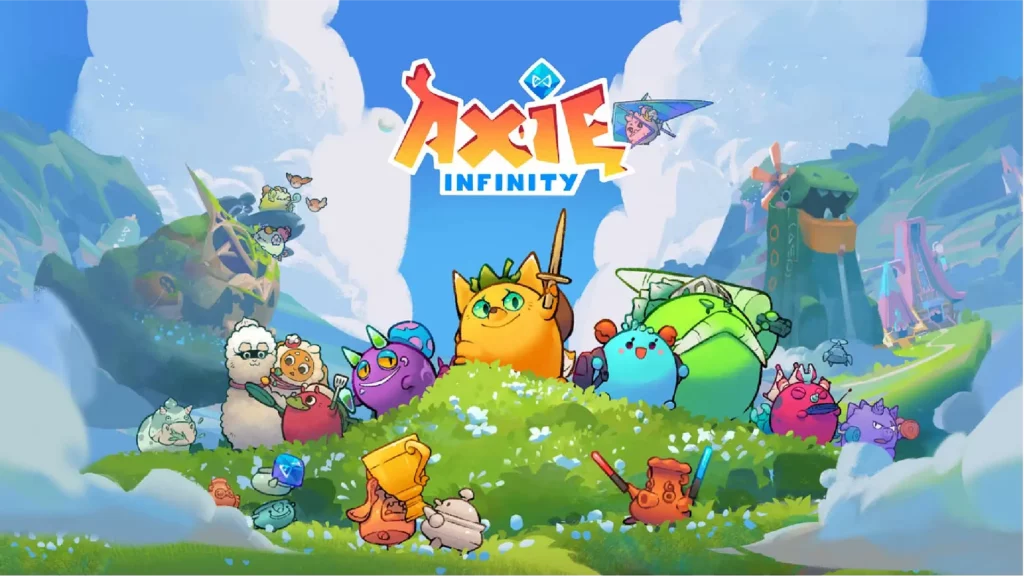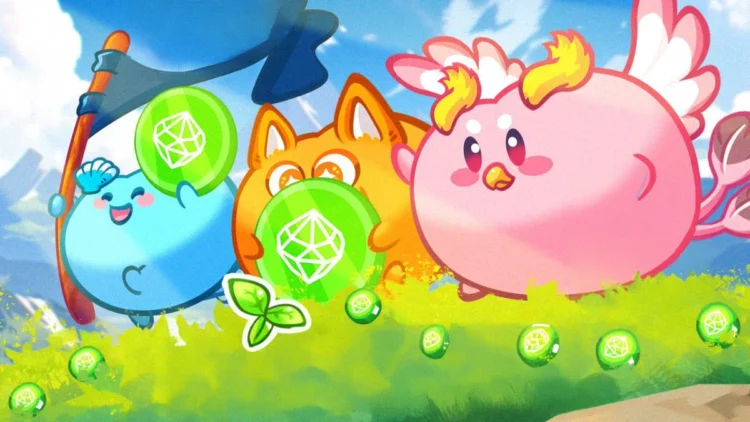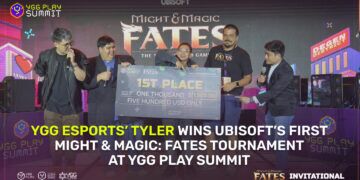Web3 gaming is full of imitation, but few moves feel as bold or as blatant as SEED Combinator, the latest title from Telegram gaming platform SEED. Despite significant backing from the Sui Foundation, the new game is drawing heavy scrutiny for its uncanny resemblance to Axie Infinity, the blockchain battler that largely defined the play-to-earn genre.
From the creature design, nearly identical rounded bodies, muted pastel tones, and stubby limbs—to its battle mechanics and upgrade economy, SEED Combinator goes beyond inspiration from Axie to mirroring it. Public sentiment hasn’t been kind—users are openly calling SEED Combinator a scam across its X posts, flooding replies with accusations and rug-pull warnings.
Now, the Axie team itself has spoken up. Axie Infinity Co-Founder Aleksander “Psycheout” Larsen publicly responded on X, stating: “Imitation is the sincerest form of flattery that mediocrity can pay to greatness. That said, this infringes on our @AxieInfinity IP, and it’s not okay.” Larsen also tagged representatives from Sui Network, Mysten Labs, and SEED, asking them to step in before time and legal costs escalate.
The creatures are called “Mons,” a name that echoes Pokémon as much as it channels “Axies.” Screenshots show stat system and promotional assets so close to Axie’s legacy builds that it would be tough to tell the two games apart to the inexperienced eye. And yet, SEED continues to position its project as a groundbreaking leap for Web3 gaming, complete with AI, VR integrations, and a dual-token economy.


Backed by Billions, Borrowing from the Blueprint
What’s especially striking is the institutional support behind SEED’s expansion. The project has received a strategic investment from the Sui Foundation, the entity behind the Sui blockchain. It’s all part of a broader plan to bring 100 million users into a new Web3 gaming ecosystem.
Despite the marketing gloss, many in the community see SEED Combinator for what it is: a carbon copy of one of the most successful Web3 games ever made, repackaged with new branding and backed by deep pockets.
SEED’s ambitions aren’t small. They’re building a “Real World Network” (RWA Layer 1), promising land integrations, PvP battle modes, and daily earning loops. And the company claims it already has over 60 million players from its mini-apps.
But that only makes the design decisions in SEED Combinator harder to overlook. With money, reach, and support from a major blockchain foundation, it raises the question: Why fall back on a concept so obviously lifted from another title?
The Axie Legacy
Launched in 2018, Axie Infinity became a cultural flashpoint for play-to-earn gaming. At its peak in 2021, it hit 2.8 million daily users and over $4 billion in lifetime NFT volume. That influence lingers—perhaps more than many developers want to admit.
Even today, Axie remains active across its Origins and Classic game clients, with over 225,000 daily players. Developer Sky Mavis has shifted focus to Atia’s Legacy, a large-scale MMO and the franchise’s first real leap beyond its early roots.
While Axie has moved on, the rest of Web3 hasn’t. It’s still a point of discussion for investors and builders across many forums. And for better or worse, it remains the template most new projects compare themselves to—even when they pretend otherwise.







